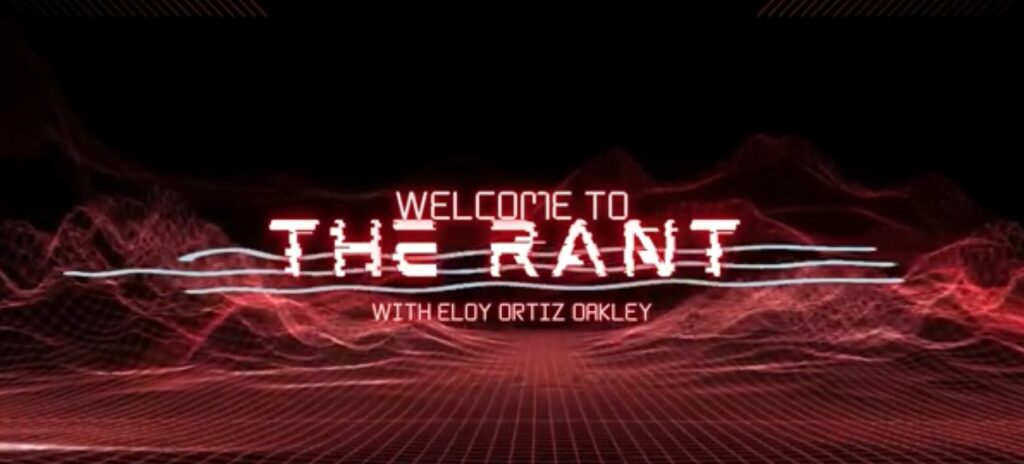It might be outlandish to suggest that what higher education went through in 2020 was a honeymoon. But in Psychology Today, Mitchell Handelsman, a professor of psychology at the University of Colorado Denver, asks “is the distance learning honeymoon over?”
Handelsman’s point is understandable: based on his own experience and some media accounts, he notes that remote college classrooms seem to be more stressful places than they were last year, while faculty and students are encountering more stress and burnout.
What’s going on?
Everything Happening All At Once
One of the culprits Handelsman identifies is a lack of coherence around what higher education is actually doing. In 2020, it was obvious: in-person classes were cancelled, and everything rushed online. Now, college in America is a patchwork of inconsistent options varying from state to state, institution to institution, and even month to month. As he notes:
“(O)ur society seems to be gaslighting itself with contradictory messages, including “We’re back, just like before!” and “We’re still in the middle of a pandemic!” We’re facing more complex and, therefore, more stressful choices than we had last year. I chose to stay totally remote, but some of my colleagues have chosen all kinds of schedules from completely on campus to some combination. Many students, therefore, are partly remote, partly asynchronous, and partly on campus. The usual array of skill sets necessary to master college — both teaching and learning here — seems to have expanded exponentially.”
That does sound exhausting.
A high level of burnout in this context makes sense. Our lives have been disrupted for so long, and even as things go “back to normal,” for many people in many places they’re not. We’re getting mixed messages, even as infection rates increase in some parts of the country. Of course we’re tired.
People Need The Tools That Fit Their Lives
Halndelsman comes a lot closer to figuring out the answer at the end of his essay, when he writes:
“[O]ne of the lessons we may be learning is that the implementations of new teaching and learning technologies are not good (or bad) because they are technological; rather, we must pay careful attention to how we implement them, in what proportions, with whom, and toward what ends.”
That’s exactly what we do at Calbright — our model is designed specifically to serve adult, non-traditional students who are “stranded” in the 21st century economy, and our experience has shown first hand how important it is to make sure that the model we’re offering is a good fit for what students want and need.
We’ve noted in the past, for example, that students whose career interests are most aligned with what Calbright is able to offer are also the most likely to stay in our programs. It seems simple, but it speaks to something important: students are more likely to be dissatisfied with programs that don’t match their aspirations, let alone fit their needs.
Not surprisingly, surveys conducted in 2020 showed that across the country it was students who wouldn’t have chosen distance learning anyway who were the most dissatisfied with it, and often having the worst experience.
But surveys also showed that for the approximately 30% of students who would have been interested in distance learning anyway, distance learning was going well. When the right students find the right model for them, good things happen.
Not everyone is going to be a good fit for distance learning — and it makes sense that the longer it goes on, the harder a time they’re going to have. Although it should be noted, again, that online learning is not just one thing — there are a lot of different approaches to distance learning which themselves are better suited for different learning and lifestyles. Right now an inconsistent patchwork approach to education may be serving even fewer people still.
But what studies — and our experience — clearly show is that the needs of students aren’t served by conversations about whether online learning is “good” or “bad,” but rather to recognize that different models of education serve different populations of students, and that it’s vital to connect students to the models that will serve them best.



